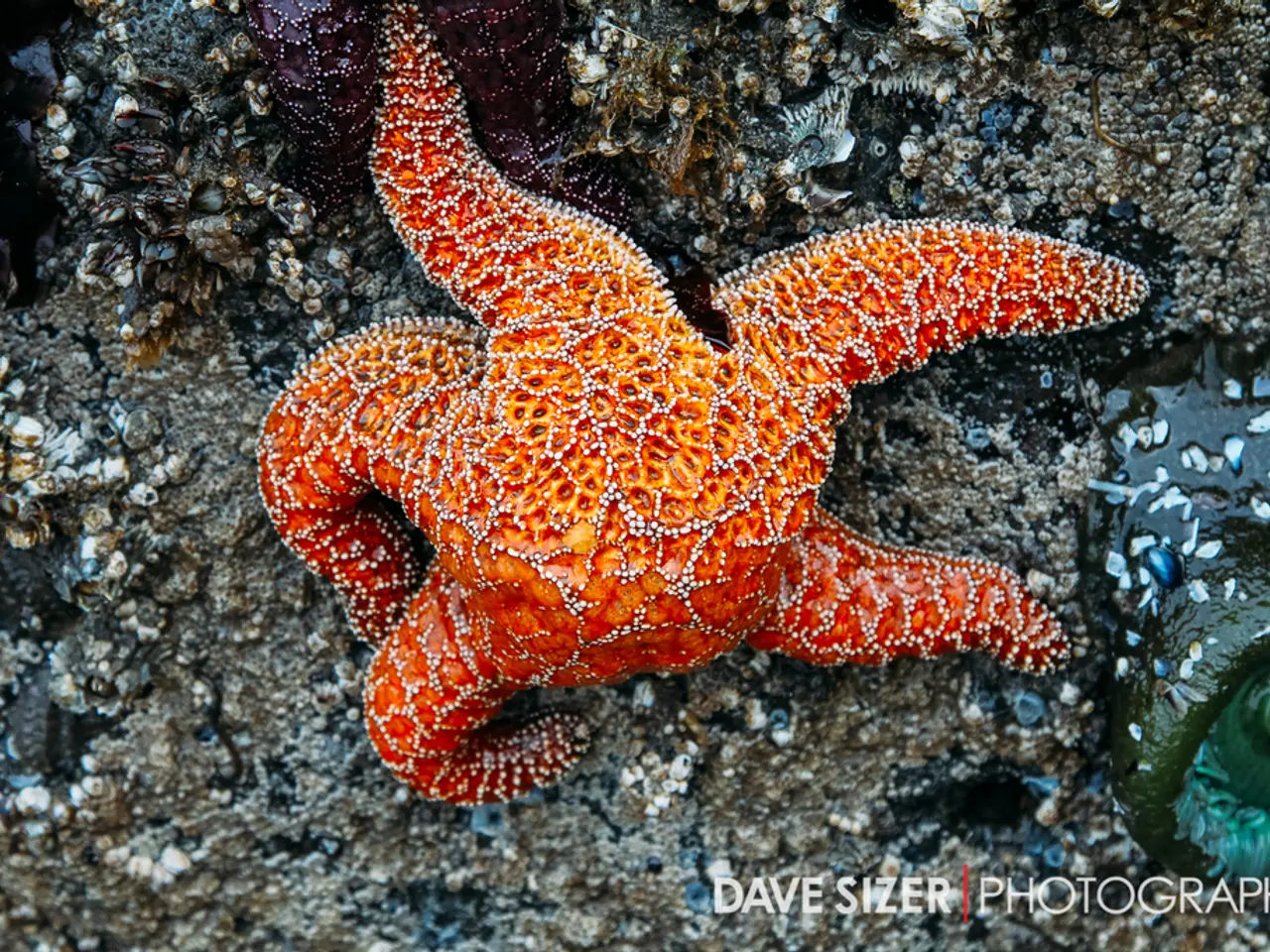Stunning Creatures Capable of Sexual Transformation
Sex Change in the Animal Kingdom: A Remarkable Adaptation
Several animal species have evolved a remarkable ability to change their sex, a phenomenon known as sequential hermaphroditism. This fascinating process allows individuals to adapt their reproductive roles to social and environmental conditions, enhancing survival and population stability.
Types of Sex Change in Animals
The most common types of sex change are protogyny (female to male) and protandry (male to female). Protogyny is observed in many fish species like wrasses and Black Sea Bass, where an individual starts as a female and later changes to a male. This change often happens when a dominant male is absent, allowing the largest or most competitive female to take over the male role in reproduction.
On the other hand, protandry is seen in some crustaceans like humpy shrimp, which start life as males and switch to females as they grow larger. This strategy optimizes reproductive energy use by being males when small and females when larger to produce more eggs.
There are also species that have genetic sex chromosomes but can develop opposite sex characteristics depending on environmental factors. Bearded dragons, for example, can develop as functional females when incubated at higher temperatures, producing more eggs than genetic females.
Rare instances of sex reversal in birds have also been observed, possibly due to environmental stressors or endocrine-disrupting chemicals. The mechanisms remain unclear and are under active study.
Mechanisms of Sex Change
Shifts in hormone production (like androgens and estrogens) regulate the transformation of gonads and secondary sexual characteristics. In fish, the absence of dominant males generally triggers increased androgens in females, stimulating the development of male traits and testes.
Factors such as social context (absence of males), temperature changes, or exposure to pollutants can induce sex change or sex reversal. For example, temperature influences sex determination in reptiles and can override genetic sex.
Social hierarchy also plays a role in sex change. In eusocial or territorial animals like many fish species, social structure controls when and which individuals change sex to maintain reproductive balance within the group.
Adaptive Advantages
Changing sex allows individuals to maximize reproductive success in response to their size, social position, or environmental conditions. Small individuals may be more successful as males (producing sperm is less energetically costly), while larger individuals produce more eggs as females, enhancing population growth.
Sex change helps maintain a balanced sex ratio within populations, ensuring that if one sex becomes scarce, individuals can adjust accordingly to sustain mating opportunities.
By allowing sex reversal in response to environmental pressures (temperature, pollutants), species can maintain reproductive viability under varying conditions.
Notable Examples
- Black Sea Bass exhibit protogyny, with individuals changing from female to male in the absence of a dominant male.
- Humpy Shrimp demonstrate protandry, switching from male to female as they grow larger to optimize egg production.
- Bearded Dragons provide an example of genetic male to female sex change, with higher incubation temperatures causing embryos to develop as functional females.
- Green Frogs exhibit sex change in response to environmental factors, suggesting it's an evolutionary adaptation, not a response to pollution.
- Certain birds, such as kookaburras, exhibit sex reversal, although the mechanisms remain unclear and are under active study.
This ability to change sex is a remarkable evolutionary strategy that enables animals to adapt their reproductive roles to social and environmental conditions, thereby enhancing survival and population stability.
In the realm of animal kingdom adaptations, understanding not only the process of sequential hermaphroditism but also various types like protogyny and protandry can offer insights into the role of science in shedding light on this phenomenon. For instance, studying the sex change mechanisms in fish and crustaceans can provide valuable knowledge in the fields of biology, health-and-wellness, and sexual-health, particularly in relation to how hormonal changes drive these transformations.




